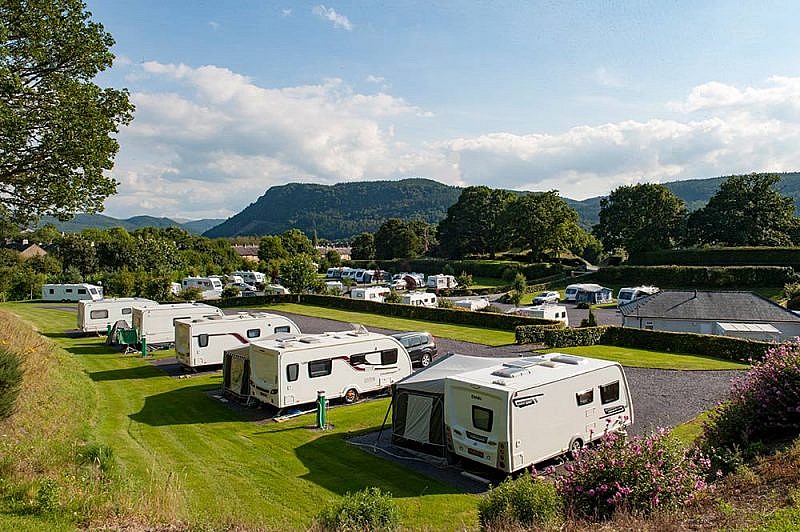The snappily titled The Town and Country Planning (General Permitted Development etc.) (England) (Amendment) Order 2024 was released unto the world (or England at least) on the 30th April 2024, published on the 1st May 2024 and comes into force for England on the 21st May 2024.
For those in Wales, Scotland and Northern Ireland you need to send your complaints to your own First Ministers (if you have one at the moment!).
The changes build on the consultations that were released last year and are the second in that packet of changes proposed. Obviously now other knotty legal issues have been addressed the Government is somewhat free to manoeuvre.
Classes Q – Agricultural to Residential (Q)
The amendments build on the existing allowances and close existing loopholes relating to the total number of units and the total floor area allowed to be converted. This closes an obvious mathematical loophole that broke the 465sqm/5 unit ceiling within the previously amended Class Q.
The provisions also open the door for agricultural buildings that were agricultural but are no more and extensions to agricultural buildings that are being converted to residential. The highlights are:
The 10 year use provision still applies but with a new starting date of 24th July 2023
The maximum floorspace for any dwelling created is now 150sqm
The maximum number of dwellings is now 10. Provisions in this respect also allow developers to return to previous Class Q sites if there is the floorspace within other buildings to do it.
The maximum cumulative floor space of dwellinghouses including any extensions is 1,000 square metres,
Extensions are allowed but are heavily restricted
The normal restrictions in terms of National Parks, SSSI, a safety hazard area, a military explosives storage area, scheduled monuments and listed building’s apply in full.
As will all prior approvals the nationally described space standard issued by the Department for Communities and Local Government on 27th March 2015 applies in full.
The permitted development allowance to go from house to HMO (no idea why you would want this in the countryside anyway but whatever!) is also removed in line with all of the other prior approval allowances meaning you need a further planning permission if you wish to do so.
In addition the requirement that the building must have suitable existing access to a public highway is imposed to reinforce the need for safe access to these agricultural sites.
Class R (Agricultural to Commercial uses) is amended to incorporate
Class B2, Class B8, Class C1 (hotels), Class E (commercial, business or service) or Class F.2(c) (outdoor sport or recreation); or for the provision of agricultural training.
The floor area under Class R is increased to 1,000 square metres to match the amendments within Class Q.
Finally the Class B2 (General Industrial Use) is limited to the processing of—
(i) raw goods, excluding livestock, which are produced on the site and are to be sold
on the site, or
(ii) raw goods mentioned in paragraph (i) together with goods ancillary to the
processing of those raw goods.
All very sensible
Class A and B Part 6 – Agricultural Buildings
Whilst the minister is dishing out some countryside love farmers have also had a bit of a break with an increase in their allowances for new agricultural buildings under Class A – now 1,500 square metres and replacement agricultural buildings under Class B – now 25% more or 1,250 square metres (whichever the lessor).
A Mr J Clarkson of West Oxfordshire may actually be happy with them for once!
Missed opportunities
Sadly the promised releasing of the prior approval burden under Classes A, B and R! has not been lifted and there is no mention of raising the limit of 150sqm under Class R2 within the regulations so this may well fill as a missed opportunity to support the farming community further. Sorry Jeremy you still have to deal with West Oxfordshire.
In addition the conversion of agricultural buildings within National Parks and National Landscapes (Nee Areas of Outstanding Natural Beauty) is still locked down so the buildings that would actually not result in new buildings as dwellings in the countryside are prevented from becoming dwellings. Opportunity missed in my view.
By Jon McDermott


